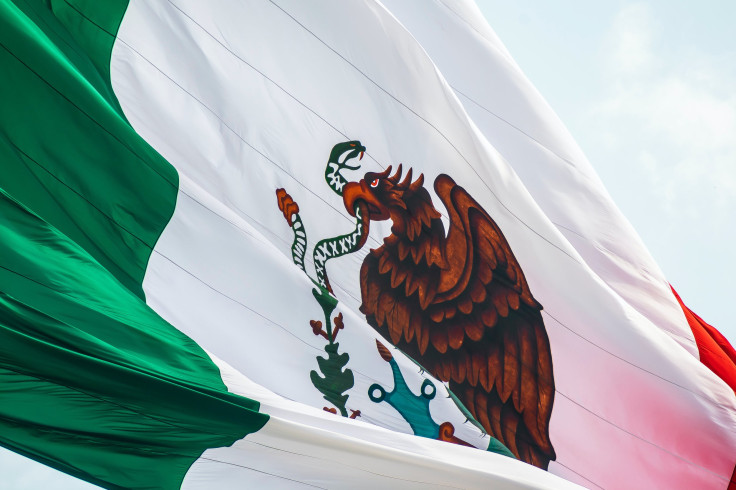
Researchers have found the world's second-largest blue hole in Mexico, and it could potentially provide a window into alien life.
The huge sapphire sinkhole, known in scientific circles as Karst formations, was originally discovered two years ago, it but was only documented recently in the Frontiers In Marine Science.
According to the scientists, who are affiliated with the public research center El Colegio de la Frontera Sur, it is likely "the deepest known blue hole in the region."
Discovery.com reported that blue holes are vertical marine caves. They were carved by glacial runoff during the Ice Age which was more than thousands of years.
The sprawling aquatic formations usually extend hundreds of feet down.
This cobalt cavern system was found off the Yucatan Peninsula's Chetumal Bay. It was studied and sampled by scuba divers.
The blue lagoon, dubbed Taam Ja', which means deep water in Mayan, spans an area of 147,000 square feet. It has a depth of 900 feet, so this "makes it the second deepest known blue hole in the world." It comes after the Dragon Hole in the South China Sea. It is believed to extend down around 980 feet.
The Taam Ja' blue hole's steep slopes are almost 80 degrees that form a "large conic structure," reported New York Post.
The crater's walls shelter the water from the tides. This renders its current completely still.
The tidal flow makes it so they are sharply stratified by a thin layer of freshwater on the surface. It prevents oxygen from reaching the saltwater below that's very dense.
The ultramarine portals are filled with hydrogen sulfide, which is a deadly gas, instead of oxygen. This makes it perilous for people to go into the abyss without the proper equipment.
The lack of oxygen has the side effect of perfectly preserving fossils. It enables scientists to potentially identify species that have been long-extinct.
Submarine sinkholes may even offer a portal to time and space, making it possible to know about alien life. Over a decade ago, scientists who were exploring blue holes in the Bahamas found bacteria deep in the caves where no other life existed. It potentially filled the knowledge "gap" on what types of lifeforms have the capacity to live on different planets.
© 2025 Latin Times. All rights reserved. Do not reproduce without permission.




